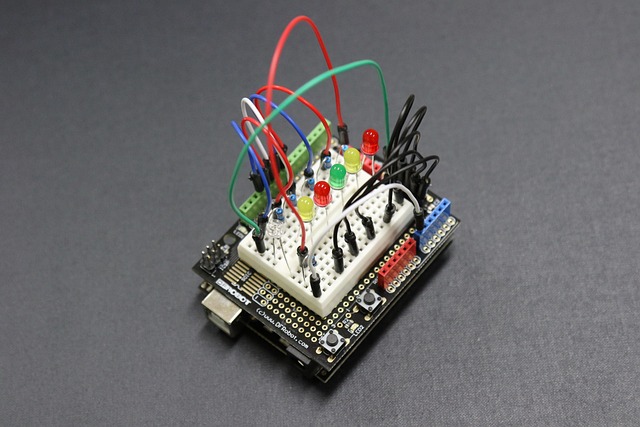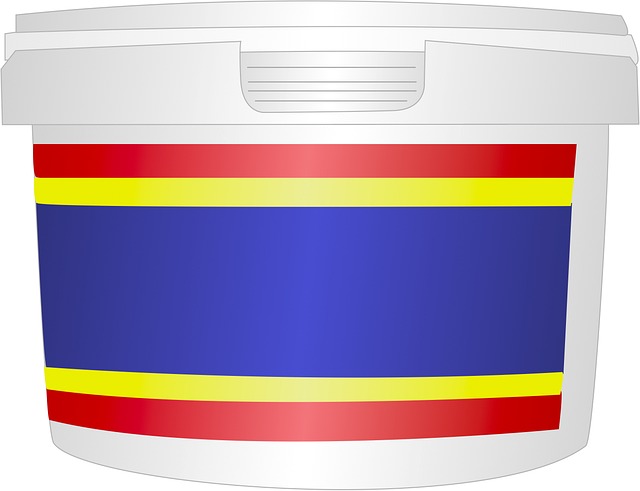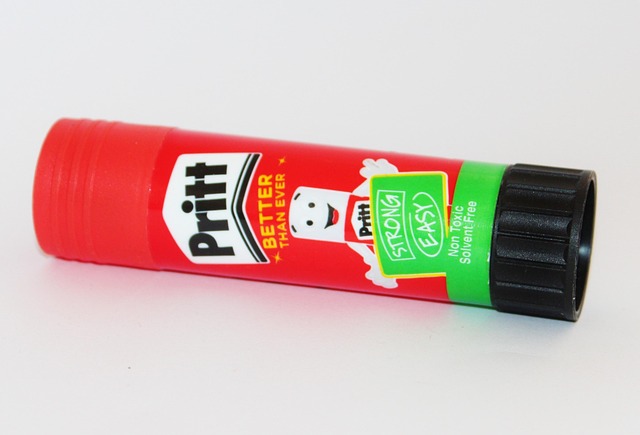Choosing the right glue for laminated timber beams is key to structural integrity and durability. Glue-laminated beams offer enhanced strength, stability, and design flexibility compared to nail-laminated ones. Top glues like PVA, epoxy, casein, polyurethane, and cyanoacrylate provide superior bonding, water resistance, and fast setting times. Rigorous testing ensures performance under various conditions. Selection guides should consider project needs, climate, load capacity, and aesthetic appeal. Refer to industry best practices and explore options at unalam.com for reliable guidance on Types of Glue Laminated Beams.
In the realm of woodworking, laminated timber stands strong due to the bonding power of glue. This review delves into the best-performing glues designed specifically for laminated beams, exploring diverse types such as PVA, casein, and polyurethane. Understanding these glue types is key to navigating projects, whether simple or complex. By evaluating performance criteria like strength, setting time, and ease of use, we empower folks to make informed choices when it comes to gluing laminated beams, ensuring their structural integrity and aesthetic appeal.
- Understanding Glue Types for Laminated Timber
- Performance Criteria for Top-Tier Glues
- PVA Glues: The Workhorses of Laminating
- Casein and Polyurethane Options Explored
- Testing and Results: Beams Strengthened
- Choosing the Right Glue for Your Project
Understanding Glue Types for Laminated Timber
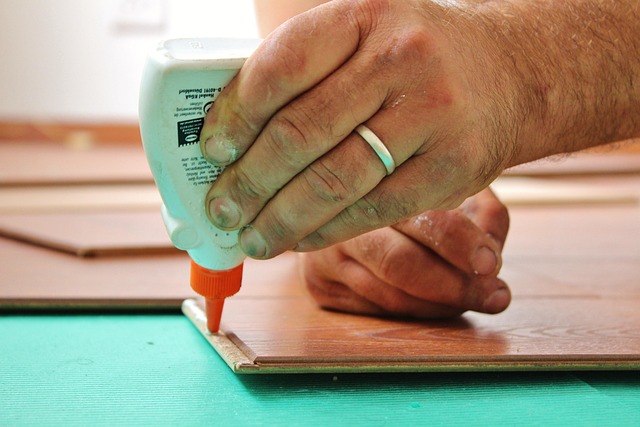
When considering the best performing glues for laminated timber, understanding the types of glue designed for this specific application is key. Glue-laminated beams, as opposed to nail-laminated ones, offer enhanced structural integrity and durability. The lamination process involves applying adhesive to individual timbers before pressing them together under high pressure to form a single, robust beam. This method ensures consistent strength and dimensional stability, crucial for demanding applications like construction and civil engineering.
The choice of glue is a critical factor in the durability of these connections, especially when considering exterior applications. Modern lamination technologies employ advanced adhesives that provide superior bond strengths even in challenging conditions, including exposure to moisture and varying temperatures. For instance, synthetic resins and polyurethanes are popular choices known for their exceptional resistance to environmental factors, making them ideal for reinforcing concrete beams and other structural elements. To learn more about the latest advancements in this field, visit us at unalam.com.
Performance Criteria for Top-Tier Glues

When evaluating the best performing glues for laminated timber, several key performance criteria come into play. Firstly, the glue must possess exceptional bond strength, ensuring the structural integrity of the laminated beams. This is particularly crucial when considering the immense pressure and stress that glued timber structures endure over time. Secondly, water resistance and durability are paramount, as these glues often face exposure to moisture, especially in outdoor applications. The ability to withstand extreme weather conditions without compromising adhesion is a defining factor for top-tier products.
Additionally, the aesthetic benefits of glued timber structures cannot be overlooked. High-performance glues contribute to the overall appeal and visual coherence of these structures by minimizing visible joints and providing a seamless finish. Furthermore, the advantages of glue laminated timber beams are multifaceted, including enhanced structural stability, reduced weight, and increased design flexibility. As a result, types of glue laminating beams vary based on specific application needs, ranging from interior to exterior use, each with unique requirements met by specialized formulations. For expert advice tailored to your project, give us a call at (607) 369-9341.
PVA Glues: The Workhorses of Laminating

PVA glues are the unsung heroes when it comes to laminating timber, serving as the workhorses behind many structural projects. These versatile adhesives are specifically designed for bonding wood fibers, making them ideal for creating strong, durable bonds in laminated beams. PVA’s ability to form a strong, flexible bond ensures that the resulting laminate is robust and can withstand significant stress, making it a preferred choice for various construction applications.
When considering types of glue for laminated beams, PVA stands out for its excellent water resistance and fast setting time. This makes it suitable for both indoor and outdoor use, as well as in commercial applications where durability and structural integrity are paramount. For those looking to explore alternative options, epoxy glues also offer exceptional strength and can be used for the lamination of steel beams, although they may require more specialized handling. Give us a call at (607) 369-9341 to learn more about the commercial applications of glue laminated timber and what are the types of adhesive for structural beams.
Casein and Polyurethane Options Explored

When it comes to adhering laminated timber beams, understanding the diverse options available is essential for achieving optimal structural integrity. Two prominent types, casein and polyurethane glues, offer distinct advantages in the realm of glue-laminated timber construction. Casein glues, derived from milk proteins, have long been recognized for their excellent bonding capabilities with wood fibres, making them a viable choice for various joinery applications. However, they may require more time to set compared to faster-curing alternatives.
In contrast, polyurethane glues provide exceptional strength and durability, especially in demanding structural applications. Their versatility allows for versatile use in both interior and exterior projects. For rapid beam assembly, cyanoacrylate glues are a game-changer, offering near-instant bonding with remarkable structural integrity. To ensure the best results, consider factors such as climate conditions and specific project requirements when selecting the ideal glue for your laminated timber beams. Give us a call at (607) 369-9341 to explore more advantages of glue-laminated timber beams.
Testing and Results: Beams Strengthened
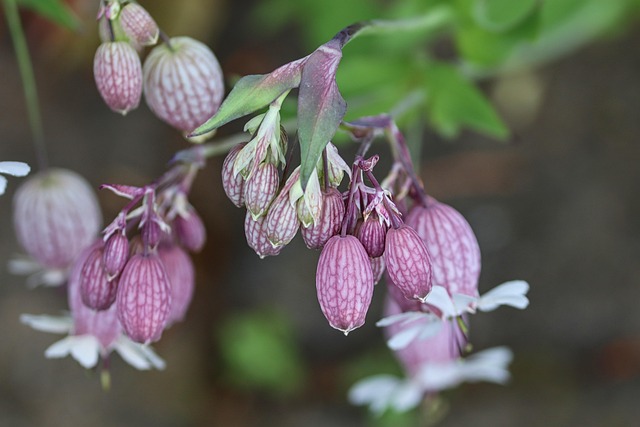
When evaluating the best performing glues for laminated timber, testing and results play a pivotal role in understanding how different types of glue strengthen beams. The process involves rigorous assessments to determine the structural integrity of glued timber beams under various conditions, including load capacity, resistance to shear forces, and overall durability. These tests not only reveal the strength but also the longevity of the bond between the laminates, offering valuable insights for construction projects that rely on robust and stable structures.
Among the several types of glue used in laminated beam design considerations, certain brands have emerged as industry leaders, showcasing superior performance in both laboratory settings and real-world applications. Quality control measures for glued timber beams are crucial to ensure consistency in manufacturing and construction processes. By comparing glues for the lamination of metal beams, professionals can make informed decisions based on specific project needs. For instance, a strong adhesive with high bond strength may be ideal for heavy structural applications, while a more flexible glue could better suit dynamic load scenarios. To discuss your unique requirements or learn more about our quality control services, give us a call at (607) 369-9341.
Choosing the Right Glue for Your Project

Choosing the right glue for your project involving laminated beams is crucial. Different types of glues are designed to cater to specific needs, such as structural integrity or aesthetic appeal. For glue laminated beams, a strong adhesive with excellent bonding properties is essential. The best practices for gluing steel I-beams involve selecting a high-quality glue that can withstand the stress and pressure exerted by these heavy structures.
Understanding how glue laminated beams work is key to ensuring structural soundness. This process involves applying glue along the joint lines, aligning the beams precisely, and using clamps or other mechanisms to maintain pressure during the drying process. Compared to nail laminated beams, glues offer a more seamless finish, better load-bearing capacity, and reduced risk of structural failure over time. For reliable results, consult industry best practices and consider exploring the options available at unalam.com.
When it comes to joining laminated timber, selecting the right glue is paramount. This review has highlighted the diverse range of options available, from versatile PVA glues to more specialized casein and polyurethane formulas. Understanding the unique properties and performance criteria of each type ensures you make an informed choice for your project. By considering factors like bond strength, drying time, and environmental impact, you can enhance the integrity and longevity of laminated beams. Whether for structural applications or intricate woodworking projects, choosing the best-performing glue is a crucial step in achieving exceptional results.




